Adding small amounts of imidazole can accelerate the aluminium–water reaction in seawater, enabling hydrogen to be produced at a faster rate. The method, developed by researchers at Massachusetts Institute of Technology (MIT) in the US, also enables the retrieval and reuse of over 90% of the costly gallium–indium metal alloy used to enhance the reactivity of aluminium in water.
The group at MIT has been working to develop a way of producing hydrogen fuel from aluminium using a gallium–indium metal alloy since 2015. ‘I started working on this specifically for powering underwater vehicles,’ says Aly Kombargi, a PhD student at MIT and lead researcher on the study. ‘But the more I was working with it, the more I thought the reaction itself was interesting for many different types of applications…and I thought, how do we make this more sustainable, more affordable and more efficient.’
When aluminium is in contact with oxygen, it forms a thin aluminium oxide layer on its surface, which safeguards the metal from corrosion. However, to initiate the aluminium–water reaction, it is necessary to first permeate this oxide layer. ‘In my lab, we use a gallium–indium alloy – this disrupts the oxide layer, makes the aluminium involved more brittle and essentially allows the full reaction to occur and consume all of the aluminium – so it’s pretty efficient,’ explains Kombargi.
However, gallium and indium are expensive rare metals so the researchers were keen to find a way to recover the alloy after the reaction, to make the process more sustainable. ‘We found that if we used an ionic solution, such as seawater, the ions would form a barrier around the gallium–indium, preventing it from de-alloying throughout the reaction, and therefore allowing the recovery post reaction,’ Kombargi says.
They found that 99 to 100% of the gallium–indium alloy could be recovered when performing the aluminium–water reaction in seawater, but it also slowed the reaction down significantly. They therefore set out to find a compound that could accelerate the reaction. ‘We played around with everything we had in our kitchen and essentially what we found was that coffee accelerated the reaction significantly,’ says Kombargi. ‘So, I isolated the caffeine and used very low concentrations, [resulting in a] fast reaction and 30% recovery of the gallium–indium.’
The team then reached out to their colleagues in the chemistry department at MIT to find out what was happening when they added caffeine. The chemists suggested that it could be down to a cyclic component in the molecular structure of caffeine; an organic compound called imidazole.
Using just 0.02M of imidazole the researchers went on to achieve significantly better recovery ratios while maintaining high reaction rates. ‘That was our big win – we found out that we could recover the gallium–indium at 90% by mass, and we could have a fast reaction within 10 minutes and a full reaction – so 100% of the aluminium would be consumed,’ says Kombargi.
Looking closely at the molecular structure of imidazole the researchers found that the presence of free nitrogen atoms bonding to the metals’ surface seemed to inhibit corrosion and increase reaction rates, although Kombargi says they still need to confirm the exact mechanism.
The researchers are now exploring the possibility of using recycled aluminium for the reaction – such as used soda cans that are shredded and compacted into pucks – and are doing a cost analysis to establish how much this will reduce the cost and carbon emissions of the hydrogen production process.
Upul Wijayantha, interim director of energy and sustainability at Cranfield University in the UK says the researchers use of saltwater and imidazole was an ‘interesting twist’ on hydrogen production. ‘One of the two biggest challenges when it comes to hydrogen is getting the hydrogen from where it’s being produced to where it’s need at the lowest possible cost and in the safest possible way,’ he explains. ‘We have a water issue at a global scale; if you can use sea water to make hydrogen, that’s wonderful.
‘It’s [also] really interesting that they used a caffeine molecule – if you can control the acceleration or introduce deceleration, [and] if it can be done in a chemical environment with low-cost chemicals and recovery of some of those – they talk about 90% recovery [of gallium-indium] - that’s really interesting,’ he adds. ‘It’s important that we as a community interested in working on decarbonisation do as much as we can. Going forward from this, we need to look at scalability and how can we reduce the cost, and the total carbon footprint associated with the process.’
References
A Kombargi et al, Cell Reports Physical Science, 2024, DOI: 10.1016/j.xcrp.2024.102121


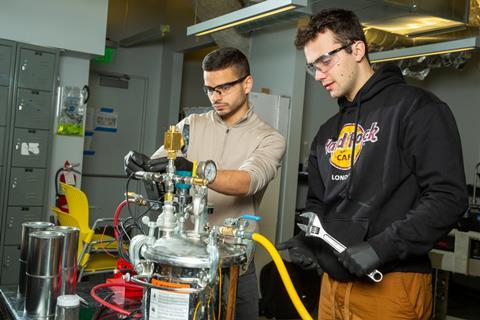
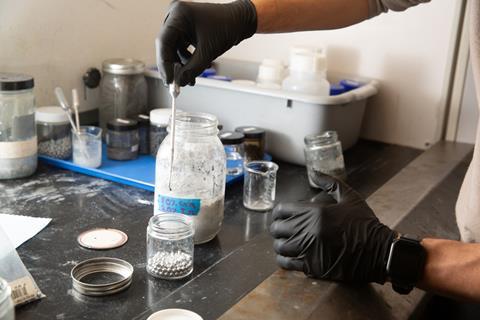

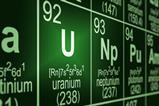


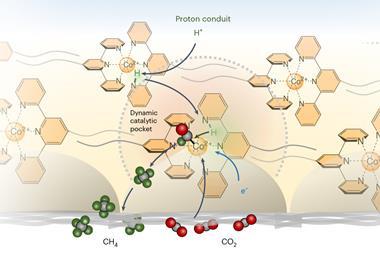
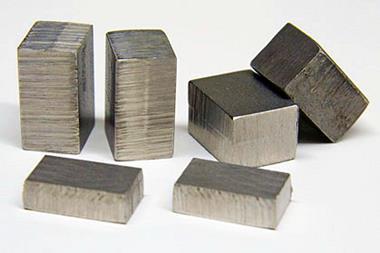


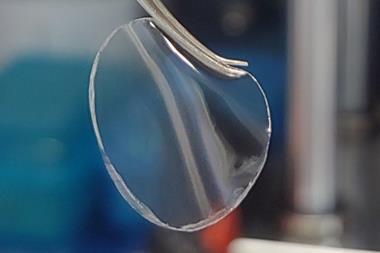
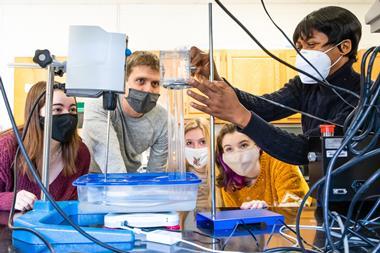






No comments yet